Competition in a Prolific Market
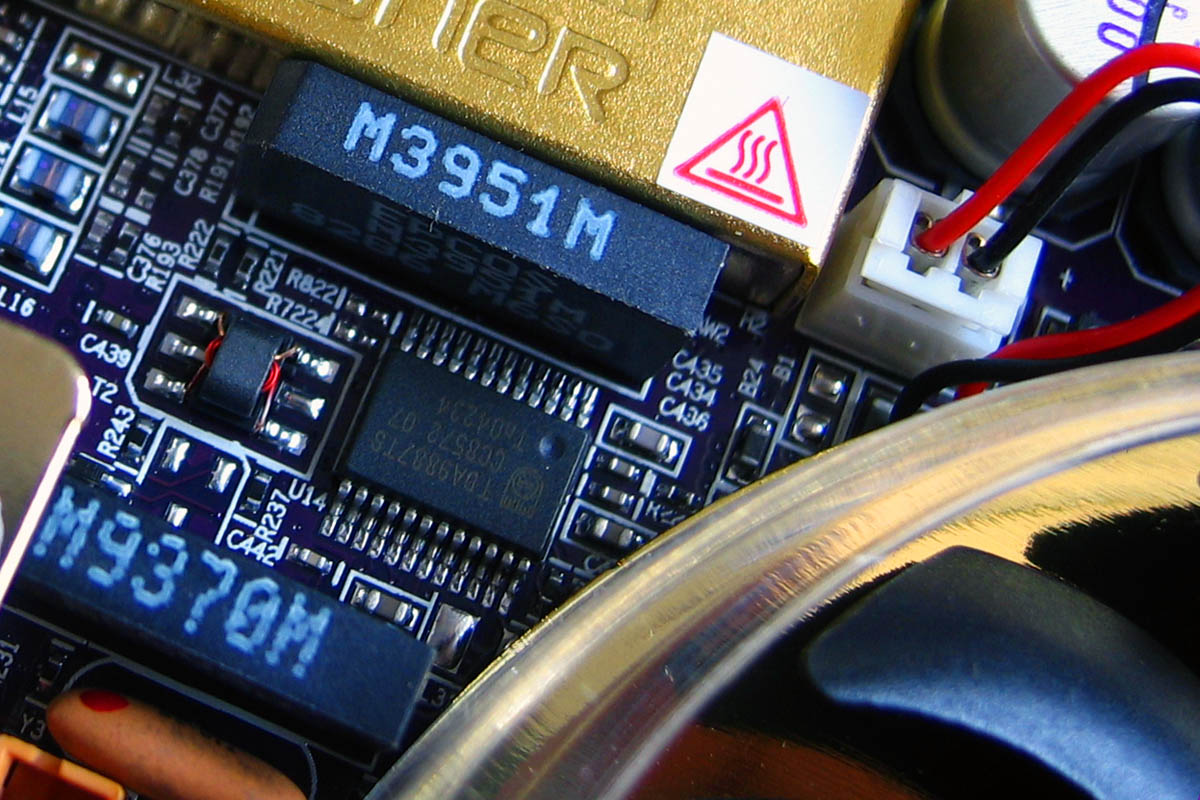 Over the summer I wrote about an iPhone application that I thought was a fun, simple and innovative idea. It took the traditional handshake and business card exchange ceremony into the 21st century. Granted, it was completely limited to the iPhone, but like all good ideas, it would have easily spread to other devices. I could never really see myself taking advantage of this technology when it was proposed as it’d involve the assumption that both individuals had iPhones and the required software, but my interest was on the concept rather than immediate implementation. Now, after checking the site for release, I learned of an unknown competitor releasing the same concept before the original company got theirs off the ground. In addition to capturing the market, this other company is offering it for free.
Over the summer I wrote about an iPhone application that I thought was a fun, simple and innovative idea. It took the traditional handshake and business card exchange ceremony into the 21st century. Granted, it was completely limited to the iPhone, but like all good ideas, it would have easily spread to other devices. I could never really see myself taking advantage of this technology when it was proposed as it’d involve the assumption that both individuals had iPhones and the required software, but my interest was on the concept rather than immediate implementation. Now, after checking the site for release, I learned of an unknown competitor releasing the same concept before the original company got theirs off the ground. In addition to capturing the market, this other company is offering it for free.
This situation raised questions of the changing environment of copyrights in a prolific market of computer applications as well as the dangers of previews. Thanks to widespread coding knowledge, innovative applications can be recreated and even improved upon before the original is even brought to the market. Beyond slight changes in GUIs, it has become a crowded competition of principles that ultimately benefits the consumer by driving down cost (or in this case eliminating it altogether).
In a letter to Isaac McPherson on copyrights and invention, Thomas Jefferson stated, “It is the principle…which constitutes the invention, not the form…nor the manner…nor the material.” While this rather outdated reflection (August 13, 1813) doesn’t have much resonance on the market today, it was an intellectual argument at the fundamentals of copyright law. I find it compelling that even amongst the rapid competition for innovative applications, companies are willing to showcase unreleased software. Odds are it has a lot to with generating positive publicity for their soon-to-be-released products, but it clearly is a risk as Tapulous lost big time with their iPhone contact exchange application gamble. The fundamentals of software competition are strong, even if the benefits may be lacking.
 What happened to MegaSex I? Did it sink? This picture was taken in Lisbon and I thought it was a comically bad name for a business. However, I’ve found that the name of a business doesn’t really matter if you have a solid business strategy. Recently I’ve been doing some absent-minded thinking on the variety of modern business models. I will not profess that I have any professional experience or even any knowledge on the subject, but most of the time business models seem like common sense. If you create something of value, design a framework that keeps people interested, makes you money and does it all without alienating the fans. Here is a sampling of business models that I’ve noticed in the past week.
What happened to MegaSex I? Did it sink? This picture was taken in Lisbon and I thought it was a comically bad name for a business. However, I’ve found that the name of a business doesn’t really matter if you have a solid business strategy. Recently I’ve been doing some absent-minded thinking on the variety of modern business models. I will not profess that I have any professional experience or even any knowledge on the subject, but most of the time business models seem like common sense. If you create something of value, design a framework that keeps people interested, makes you money and does it all without alienating the fans. Here is a sampling of business models that I’ve noticed in the past week.
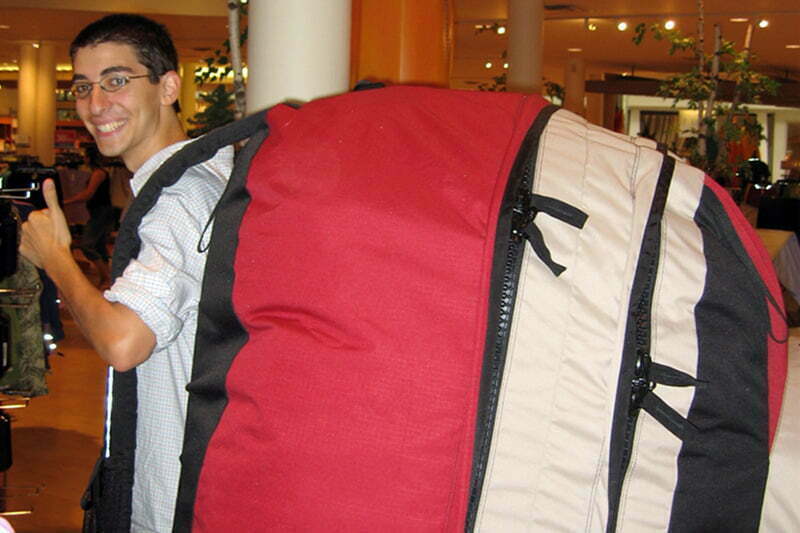 On Monday I head back to school and as my friends start to converge on the lovely college town I realize how drastically different my perspective on preparations are. This rant is mostly inspired by a cyclical argument from dinner last night with some friends and maybe this doesn’t apply to everyone, so apologies upfront. That said, I’ve found that I pack light compared to everyone. For example to go abroad for 6 months I brought a backpack and one medium sized piece of rolling luggage. It goes beyond packing, I guess I just don’t have that much stuff. I seem to be the only person I know who still only has one pair of sneakers/everyday shoes.
On Monday I head back to school and as my friends start to converge on the lovely college town I realize how drastically different my perspective on preparations are. This rant is mostly inspired by a cyclical argument from dinner last night with some friends and maybe this doesn’t apply to everyone, so apologies upfront. That said, I’ve found that I pack light compared to everyone. For example to go abroad for 6 months I brought a backpack and one medium sized piece of rolling luggage. It goes beyond packing, I guess I just don’t have that much stuff. I seem to be the only person I know who still only has one pair of sneakers/everyday shoes. This bottle is not the topic for this post, apologies for not having a worthy photograph in my archives. That being said, in the past few weeks I’ve notice a number of people voicing their opinions about a new milk jug design.
This bottle is not the topic for this post, apologies for not having a worthy photograph in my archives. That being said, in the past few weeks I’ve notice a number of people voicing their opinions about a new milk jug design. 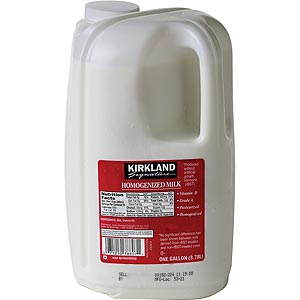 Milk jugs are something you do not notice, you take the design for granted and maybe it’s just me, but I’ve never appreciated the thought process that goes into such an everyday item. For those of you not following the news, here’s some background. Sam’s Club and Costco have introduced a new container for milk (pictured on the right) and it greatly reduces the packaging and transportation needs. This essentially is just a more efficient design that saves the company money by cutting back on costs, but it also reduces the environmental needs of transportation. It may not seem like a big deal, but for bulk stores like these those carbon footprints are massive. The New York Times first had a
Milk jugs are something you do not notice, you take the design for granted and maybe it’s just me, but I’ve never appreciated the thought process that goes into such an everyday item. For those of you not following the news, here’s some background. Sam’s Club and Costco have introduced a new container for milk (pictured on the right) and it greatly reduces the packaging and transportation needs. This essentially is just a more efficient design that saves the company money by cutting back on costs, but it also reduces the environmental needs of transportation. It may not seem like a big deal, but for bulk stores like these those carbon footprints are massive. The New York Times first had a 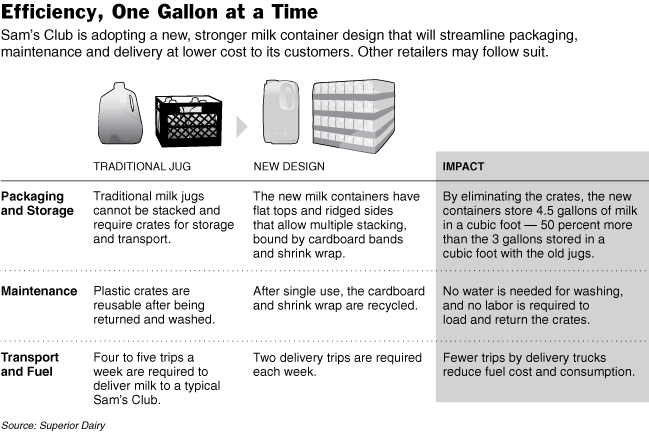
 Of all the crazy things we are bound to see at the Olympics next month, snow is not one of them (I swear the photo makes sense, just keep reading). When I first heard about the measures to which China was going to put on a pretty face for the Olympics, I found it hilarious, but now it’s kind of frightening. The
Of all the crazy things we are bound to see at the Olympics next month, snow is not one of them (I swear the photo makes sense, just keep reading). When I first heard about the measures to which China was going to put on a pretty face for the Olympics, I found it hilarious, but now it’s kind of frightening. The 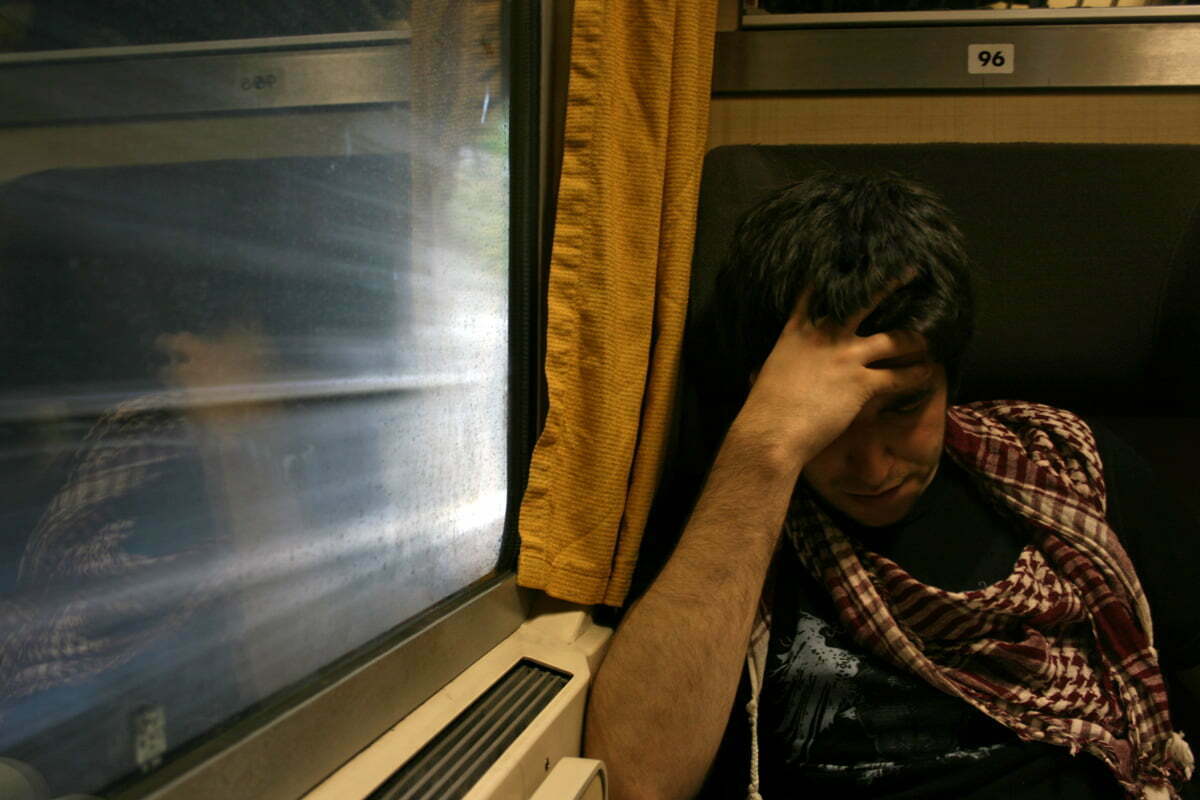 My usual internet browsing always has a tendency to lead me down unexpected routes, that’s why it’s so addicting, but recently I found myself coming back to an unusual topic. Trains. I say this is an unusual topic because as an American, I tend to look down on trains as a wholly outdated form of transportation that sucks the life out of salt-of-the-earth experiences like endangering your life behind the wheel of a car. Cue car tangent: My friends and family have always recognized my love of cars and I can’t imagine a time when I won’t be gawking at a passing Ferrari like it’s Penelope Cruz wearing nothing but a smile. Like clockwork, my grandmother used to get me a subscription to Road & Track for Christmas. My favorite video game growing up was Gran Turismo. I’d joke that it’s an unhealthy hobby, but frankly, considering the fanatical car culture in America, I consider my interest tame in comparison.
My usual internet browsing always has a tendency to lead me down unexpected routes, that’s why it’s so addicting, but recently I found myself coming back to an unusual topic. Trains. I say this is an unusual topic because as an American, I tend to look down on trains as a wholly outdated form of transportation that sucks the life out of salt-of-the-earth experiences like endangering your life behind the wheel of a car. Cue car tangent: My friends and family have always recognized my love of cars and I can’t imagine a time when I won’t be gawking at a passing Ferrari like it’s Penelope Cruz wearing nothing but a smile. Like clockwork, my grandmother used to get me a subscription to Road & Track for Christmas. My favorite video game growing up was Gran Turismo. I’d joke that it’s an unhealthy hobby, but frankly, considering the fanatical car culture in America, I consider my interest tame in comparison.